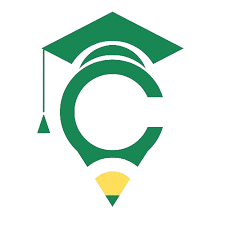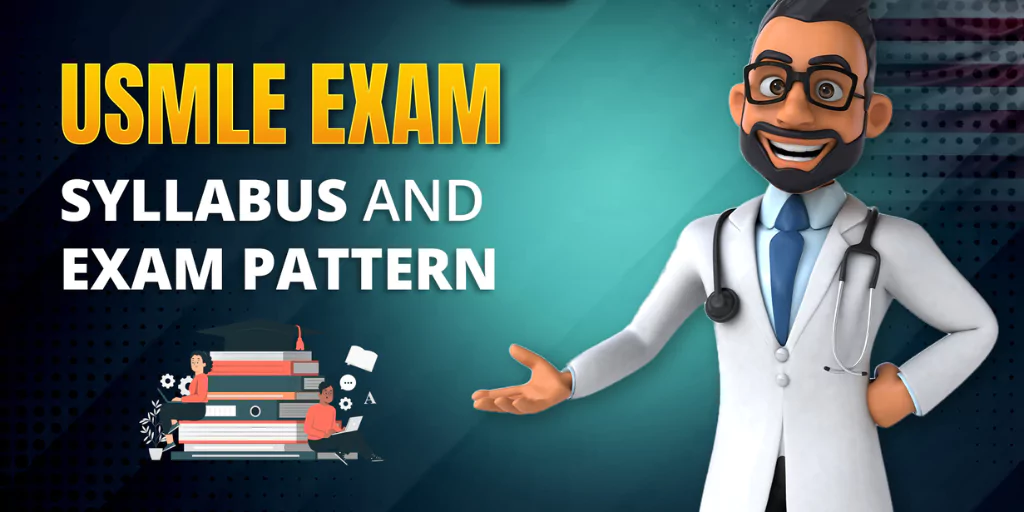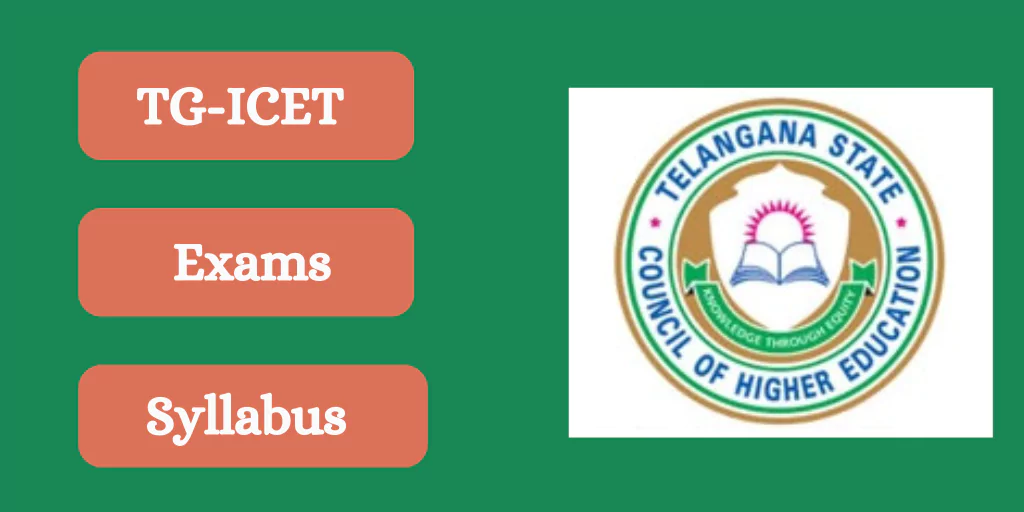The United States Medical Licensing Examination (USMLE) is a multi-step exam required of medical graduates seeking to practice medicine in the United States. The USMLE exam, which is internationally recognised for its stringent requirements, assesses a candidate’s ability to apply medical knowledge and clinical skills in real-world circumstances. Whether you’re a US medical student or an international medical graduate (IMG), passing the USMLE is an important step toward obtaining a US medical license. This book lays down the exam structure, syllabus, registration process, and crucial details to help you prepare efficiently for the USMLE 2025.
Also See: Top 10 Toughest Exams in the World
USMLE – Overview

- Full Form: United States Medical Licensing Examination
- Purpose: To assess a physician’s ability to apply knowledge, concepts, and principles for practising medicine in the United States.
- Required for: Anyone (U.S. or international medical graduates) who wishes to get a license to practice medicine in the U.S.
Why It’s Tough:
- It is divided into multiple steps.
- Includes difficult clinical reasoning questions.
- Involves real-time patient interaction (Step 2 CS – discontinued but previously a challenge).
- High standards for passing.
Who Should Take the USMLE?
- MD students in the U.S. or international equivalents (MBBS, etc.)
- International Medical Graduates (IMGs) who want to practice or enter residency in the U.S.
- Required by: State medical boards in the U.S.
USMLE Exam Process (Step-by-Step)

Step 1: Basic Science Knowledge
- Focus: Foundations of medical practice, mainly basic sciences.
- Taken after the 2nd year of med school.
- Format: Multiple-choice questions (MCQs)
- Duration: 8 hours
- Pass/Fail only (Score reporting changed in 2022)
Step 2 CK (Clinical Knowledge)
- Focus: Clinical sciences, diagnosis, patient management
- Usually taken during the final year of medical school
- Format: MCQs across 8 blocks
- Duration: 9 hours
Step 3: Clinical Practice Readiness
- Taken after graduation from med school
- Focus: Application of medical knowledge in unsupervised practice
- Duration: 2 days
- Day 1: Foundations of Independent Practice (MCQs)
- Day 2: Advanced Clinical Medicine (includes Computer-based Case Simulations – CCS)
USMLE Syllabus (by Step)

Step 1 Syllabus – Basic Medical Sciences
- Anatomy
- Physiology
- Biochemistry
- Pathology
- Pharmacology
- Microbiology
- Behavioral sciences
- Genetics
- Nutrition
- Immunology
Step 2 CK Syllabus – Clinical Sciences
- Internal Medicine
- Surgery
- Pediatrics
- Psychiatry
- Obstetrics and Gynaecology
- Preventive Medicine
- Ethics and Professionalism
Step 3 Syllabus – Advanced Clinical Concepts
- Internal Medicine
- Emergency Medicine
- Psychiatry
- Pediatrics
- OB/GYN
- Public Health
- Patient Management
- Biostatistics
- Legal/Ethical Issues
- CCS (Case-based Scenarios using virtual patients)
Exam Dates & Registration

- No fixed dates — exams are offered year-round at Prometric centres worldwide.
- Registration bodies:
Step 1 and Step 2 CK:
- For U.S. med students: NBME (National Board of Medical Examiners)
- For IMGs: ECFMG (Educational Commission for Foreign Medical Graduates)
Step 3: Register via FSMB (Federation of State Medical Boards)
Registration Steps (IMGs Example)
1. Get ECFMG certification
2. Apply online through ECFMG’s IWA (Interactive Web Applications)
3. Choose your 3-month eligibility period
4. Schedule your exam on Prometric’s site
Cost (as of 2025 – approximate)
| Step | Fee (USD) |
|---|---|
| Step 1 | $1,000 |
| Step 2 CK | $1,000 |
| Step 3 | $895 (via FSMB) |
| ECFMG Certification | ~$160 (application fee) |
| Misc. (scheduling, rescheduling, travel, materials) | Extra |
Preparation Tips
- Start early – most candidates prepare 6–12 months in advance.
Use resources like:
- UWorld
- First Aid for USMLE
- NBME practice tests
- Kaplan or Boards and Beyond videos
- Focus on high-yield topics and take practice exams frequently.
Conclusion
The USMLE is essential for every medical graduate seeking to practice medicine in the United States. Regardless of the difficulty, strategic planning and dedication can help you complete all steps. It is more than simply a knowledge test; it also assesses your readiness to treat real patients in the United States healthcare system.







TONY20251120
August 1, 2025Ngoài ra, giao diện của 888slotgame.me cũng được thiết kế phù hợp với nhiều loại thiết bị, bao gồm cả điện thoại di động. Điều này giúp người chơi có thể dễ dàng truy cập và tham gia vào các trò chơi ở bất cứ đâu và bất cứ lúc nào.
TONY20251120
August 1, 2025Ngoài ra, giao diện của 888slotgame.me cũng được thiết kế phù hợp với nhiều loại thiết bị, bao gồm cả điện thoại di động. Điều này giúp người chơi có thể dễ dàng truy cập và tham gia vào các trò chơi ở bất cứ đâu và bất cứ lúc nào.
TONY20251120
August 1, 2025Ngoài ra, giao diện của 888slotgame.me cũng được thiết kế phù hợp với nhiều loại thiết bị, bao gồm cả điện thoại di động. Điều này giúp người chơi có thể dễ dàng truy cập và tham gia vào các trò chơi ở bất cứ đâu và bất cứ lúc nào.
bonus-casino-449
August 1, 2025бонуси казино бонуси в казино
casino-games-402
August 1, 2025казіно ігри казіно ігри
emerald-chat-156
August 1, 2025Free video chat emerald chat android app find people from all over the world in seconds. Anonymous, no registration or SMS required. A convenient alternative to Omegle: minimal settings, maximum live communication right in your browser, at home or on the go, without unnecessary ads.